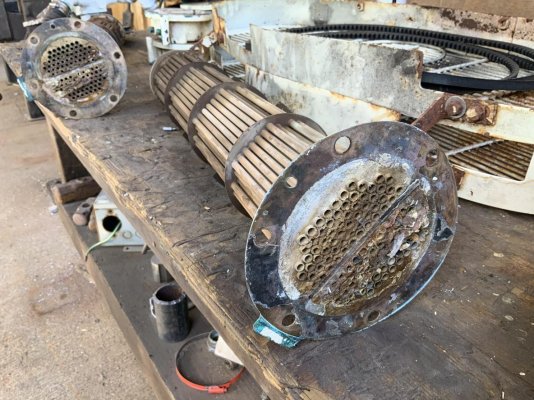IG 30
Veteran Member
Hi All,
My name is Steve and I have just purchased an Island Gypsy 30, on my first trip and only an hour from the mooring the temperature started to climb up to 200f and after knocking out of gear got down to 180f before shutting her down.
I have been through everything, new impeller, checked the water flow, the heat exchanger and all good, this is the problem the motor will slowly climb in temperature until it starts to push the coolant out around the header tank cap, I removed the thermostat but the problem is still there.
Could it be the exhaust manifold leaking exhaust into the cooling side of the manifold causing pressure and heating the coolant.
My name is Steve and I have just purchased an Island Gypsy 30, on my first trip and only an hour from the mooring the temperature started to climb up to 200f and after knocking out of gear got down to 180f before shutting her down.
I have been through everything, new impeller, checked the water flow, the heat exchanger and all good, this is the problem the motor will slowly climb in temperature until it starts to push the coolant out around the header tank cap, I removed the thermostat but the problem is still there.
Could it be the exhaust manifold leaking exhaust into the cooling side of the manifold causing pressure and heating the coolant.


